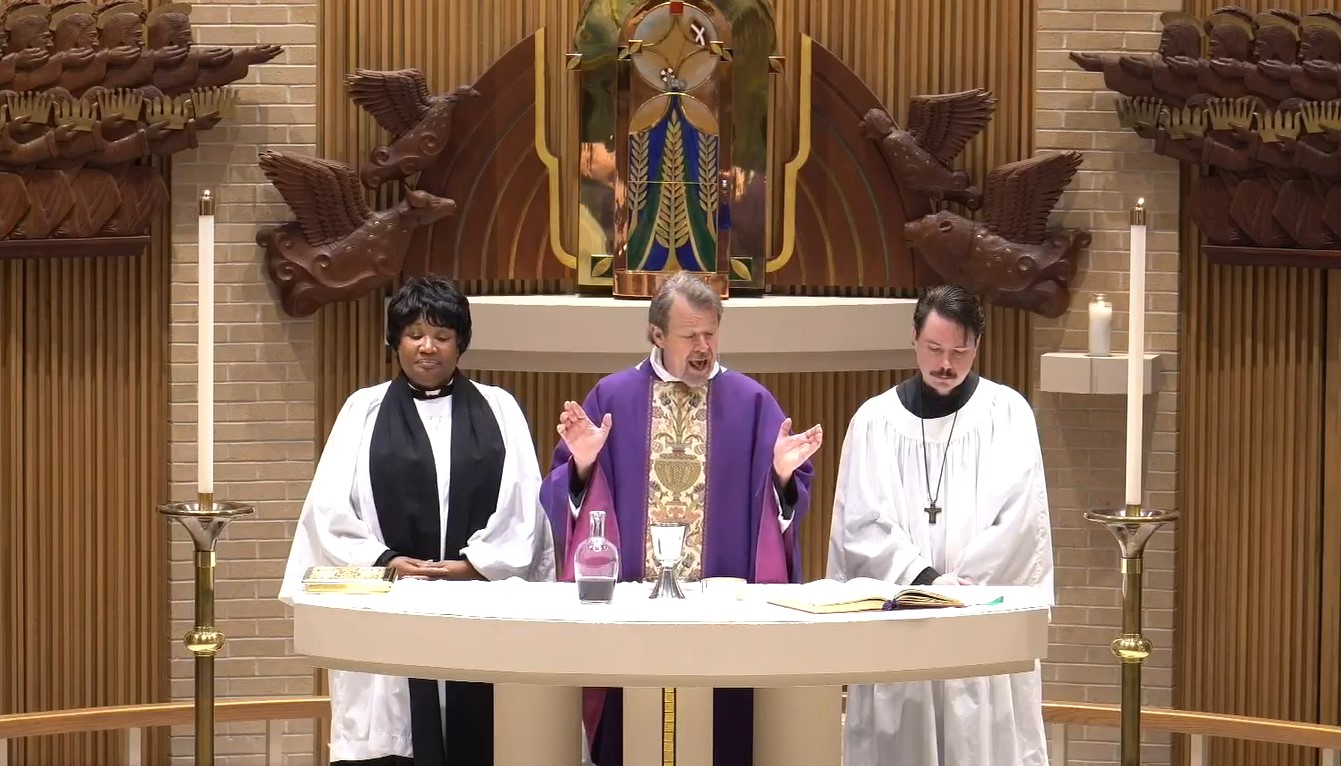Differing Views of the Eucharist

Early Controversies About Holy Communion
Docetism & Arianism
Disagreement about the nature of the sacrament arose early in the church. Docetism is the opinion that Jesus Christ only appeared to be human but was, in reality, a purely divine being. This view challenged the importance of Jesus’ humanity and the significance of his earthly life, death, and resurrection. It undermined the concept of God becoming truly human and experiencing suffering. If Jesus’ physical body was considered an illusion, it could be argued that His presence in the Eucharist was also illusory or symbolic, rather than a genuine, substantive presence.
Arius (c. AD 256–336), a Christian presbyter in Alexandria, Egypt, argued that Jesus was the Son of God, created by the Father and therefore subordinate to him. Arius denied Jesus’ full divinity and eternal existence. This Arian assertion indirectly impacted the understanding of Christ’s presence in the Eucharist. This doctrine questioned the Trinity and raised concerns about the unity of God. It conflicted with the view of Jesus as being fully God and fully human and His presence in the Eucharist.
The Nicene Creed, formulated at the First Council of Nicaea, affirmed the full divinity of Jesus Christ, while the Council of Chalcedon clarified the orthodox position on Christ’s dual nature: fully divine and fully human. These creeds and councils rejected Docetism and Arianism by affirming the reality of Jesus’ humanity and divinity.
Berengarius of Tours, canon of Tours cathedral and head of the School of Saint-Martin, rejected the church’s position that the bread and wine, after consecration in the mass, became the real body and blood of Christ. He asserted that the elements became the body and blood of Christ only in a symbolic sense. Pope Leo IX excommunicated him and he was imprisoned by Henry I. After a series of recanting his views followed by a repudiation of his recanting before finally recanting a last time, he retired to ascetic solitude in the priory of Saint-Cosme.
Transubstanitiation
The doctrine of transubstantiation, which states that the bread and wine of the Eucharist become the body and blood of Christ after consecration, has been a point of contention throughout Christian history. While the doctrine was formally defined by the Catholic Church in the 13th century, it faced numerous challenges and accusations of heresy from various groups and individuals.
The 1549 Book of Common Prayer Position on the Eurcharist
The Prayer Book’s language regarding the Eucharist was deliberately ambiguous, avoiding explicit endorsements of neither Catholic (transubstantiation) nor Protestant interpretations. This approach was likely a strategic move to cater to the political and theological dynamics of the time. While affirming Christ’s real presence in the Eucharist, Cranmer distanced himself from transubstantiation. He suggested a spiritual presence or a sacramental union of Christ with the elements, rejecting the physical transformation advocated by Catholics. Cranmer chose to focus on the communal and memorial aspects of the sacrament while commemorating his sacrifice, echoing some Protestant perspectives.
